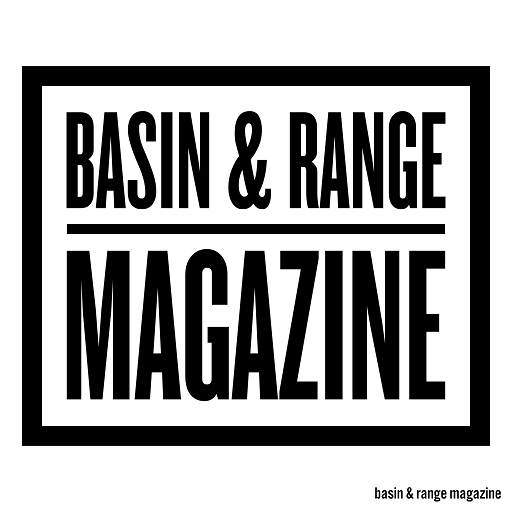Voormi Challenges What to Expect out of Outdoor Clothing
Technical outdoor fabrics have come a long way since the Gore family revolutionized waterproofing back in 1978. Since then though, there’s only been a few small steps in innovating outdoor fabrics. That is until an upstart in southern Colorado challenged some long-standing assumptions about what technical fabrics must be made from. Colorado based Voormi took a fresh look at the potential that natural fibers offered outdoor enthusiasts. So, in 2013, Voormi started experimenting with Merino wool to make waterproof, breathable fabrics.
The folks at Voormi started experimenting with wool since the versatile fabric has a long history of serving us as an outdoor fabric. Wool was used to protect Sir Edmund Hillary and Tenzig Norgay against the elements during their summit of Mt. Everest back in 1953. Wool was also the go-to fabric for all of the original “Heroic Era” Antarctic explorers such as Sir Earnest Shackleton, Roald Amundsen & etc. Since then, most innovations in outdoor fabrics fueled a steady march of improvements in synthetics – improving their breathability while lowering their weight. As such, natural fibers were largely left out of the innovation loop… until the 1990’s and early 2000’s when companies like Icebreaker and Smartwool began to give wool a second look.

Voormi Dual Surface Zipped – Image via Voormi
Enter Voormi
Voormi, coming onto the scene in 2013, has taken wool several steps further, starting off with what they call, “Rocky Mountain Highcountry Merino Wool,” as a basis for their jackets, shirts, hoodies, and thermals. Voormi’s clothing also benefits from being so close to Colorado’s remote and rugged South San Juan mountains. It’s there, where the intense sun and notoriously unpredictable alpine weather, pits their innovations against the rigors of heavy outdoor rotation in a challenging environment.
Rocky Mountain Highcountry Merino is as resilient and unforgiving as the environment in which it’s born and raised.
So, what brought wool back to the forefront of modern outdoor fabrics again? For Voormi’s Merino wool, they cite texture and technology. Unlike synthetics where texture is often artificially added to yarns, wool comes with a high degree of natural texture. Referred to as crimp, this “spring-like” property is what gives Voormi’s Merino Wool it’s basic foundation of strength and resilience, and Merino wool in particular exhibits a higher degree of crimp when compared to traditional wool grown in other regions of the world. The more crimp, the less tight the fibers can pack. Under a windproof shell, it means more insulation. As a stand-alone layer, it means more ability for much-needed air to flush through the fabric.
Beyond just sourcing high quality Merino however, Voormi takes their products to the next level. Their Dual Surface Precision Blended Wool and Surface Hardened Thermal Wool products are the equivalents of wicking base and middle layers, while their upcoming AN/FO will take wool to the outer layers – potentially replacing synthetic soft-shell and hard-shell jackets and pants.

You must be logged in to post a comment.